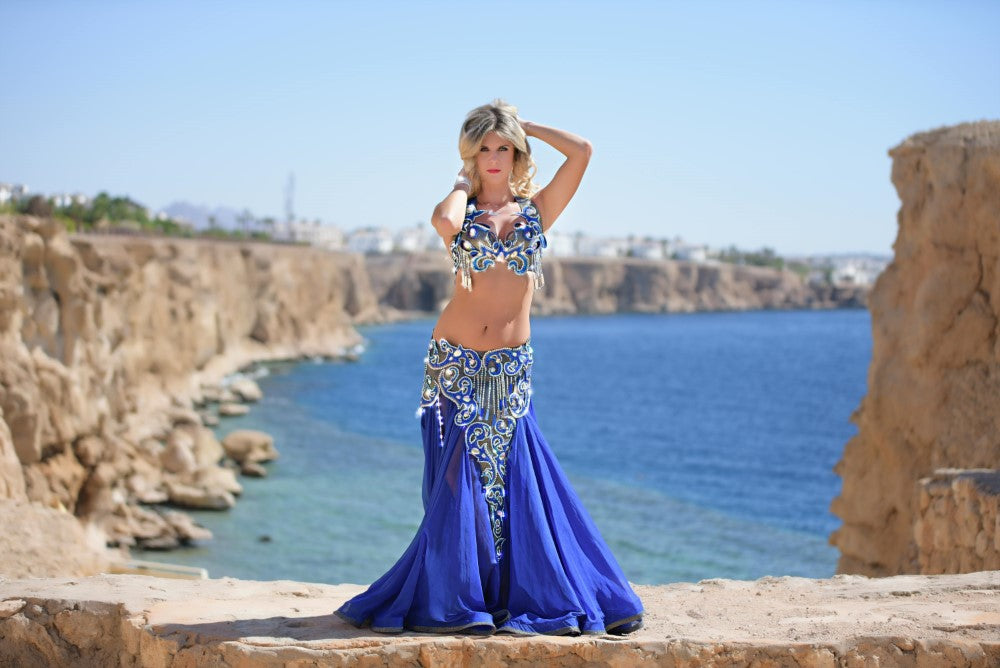
Belly dancing is a unique style of dancing, with its dancers best known for their skillful movements of their hips and torso, and elaborate, detailed costumes. This style of dancing has spread across the globe, influencing modern dance and modern culture.
Belly dancing comes with its unique style of clothing. This dancewear shows off the midriff of the performer, to better highlight the intricate movement of their torso and hips to a stimulating beat. Belly dancing pieces also emphasize movement with sounds made by coins and rhinestones attached throughout their clothing.
Let’s start when belly dancing first emerged and see its evolution into different styles and popularity gained across the globe. Not only will you see some beautiful, gleaming pieces of clothing, but also learn more about this traditional form of dancing.
Panaprium is independent and reader supported. If you buy something through our link, we may earn a commission. If you can, please support us on a monthly basis. It takes less than a minute to set up, and you will be making a big impact every single month. Thank you!
History

According to World Belly Dance, belly dancing can be traced back to Egypt and Turkey as early as the 1400s. This style of dance was a popular style of dance in the Middle East, with ordinary people coming together to dance as described by World Belly Dance:
“In Egypt, dance has always been part of wedding celebrations, danced socially by people attending parties and professionally by performers who are paid to dance for special occasions.”
Performers would dance on the streets for travelers from different countries during the 1700s and 1800s. Many of these travelers were males from conservative countries who found the dances foreign and scandalous.
This style of dance entered the main stage in 1893 during the Chicago World Fair, when a dancer called 'Little Egypt' performed for the audience. Her dancing created a wave of controversy, as stated by World Belly Dance “Some loved her movements but others were scandalized by them (think of what effect must have had a dance in which the torso moved freely, in a society where women wore corsets).”
Belly dancing emerged again in the United States during the 1970s and 1980s when it was used as a way to celebrate power and femininity during the feminist movement as stated by World Belly Dance.
In the present day, many people continue to learn this popular form of dance. Its influence is also found in modern dance and modern clothing, including pop music and cabaret performances.
Belly Dance Styles

As belly dance spread across the world, different styles emerged. According to Belly Dance, Egypt's and Turkey's styles are similar in their movement and traditional costume days.
However, Egyptians must wear a nude body stock on their torso for a two-piece outfit, as it is illegal to expose their bare midriff by their country's law.
Another key difference is the costume construction, the Turkish costumes are ”light, shimmering, changeable, supple” as described by Atlanta Belly Dance, "Construction is minimal.” while “Egyptian costumes are constructed like Egyptian monuments: they are built for the ages” and “stand up under pressure, perspiration, and hard use."
Gypsy Styles

As described by Belly Dance, traveling gypsies were inspired by belly dancing performances and adapted their interpretations. Their styles include flashes of colors, many layers, and adding more elements including belts, ribbons, and flowers throughout.
Fusion Style

Fuson style is described by Belly Dance as combining traditional belly dancing apparel with other styles such as ballroom dancing costumes, Brazilian dance costumes, and modern Western clothing.
Hip Scarf

A hip scarf is an essential component of any belly dancer’s costume. It is a flowy, lightweight scarf attached to the side or front of the dancer’s hips.
These scarves contain coins, beads, and fringes sewn throughout to better highlight the movement of the hips and to help the dancer check that their movement is correct.
Belly Dance Tops

Belly dancing tops are adorned with coins and beads to create sound and movement in tune with the rhythm of the dancer’s hips. These tops come in various styles, including bra tops, as well as more modest crop tops, and tops with long, billowy sleeves for added flair.
Get inspired with these crop tops.
Belly Dance Skirts

Also known as Harem skirts, are long and flowing to move with the dancer. Some are lightweight and transparent made from lightweight material like chiffon, while others are heavier and quite wide made from cotton. Some skirts also have slits along the sides to show off the dancer's legs.
Belly Dance Pantaloons

Some dancers prefer wearing loose, billowing pants that either flare open at the bottom or fit tightly around their ankles with an elastic. Similar to harem skirts, these pants are meant to be lightweight and flow with the movement of the dancer.
Discover more loose pants here.
Shoes

Shoes are optional for Belly dancing, with many performers dancing barefoot. Those who do wear shoes choose cloth slippers, similar to soft ballet shoes while others choose high heels. These sho es are often silver and gold to match the beading and adornments in their costumes.
es are often silver and gold to match the beading and adornments in their costumes.
Try a pair of organic cotton slippers.
Kaftans

Kaftans are long scarf or robes used to cover the dancer's body when they are not dancing or performing. It is similar to a swimsuit coverup when you are not swimming. It provides warmth and more coverage for modesty.
Jewelry

Jewelry is used strategically to add more shine and detail to the dancer’s costume, as well as to accentuate movement in key areas such as the wrists, ankles, and neck. Popular jewelry types include wrist bangles, large beaded earrings, and ornamental necklaces.
Check out these sustainable jewelry brands.
Headpieces

Headpieces range from a beaded headband to a crown or large headpiece adorned with coins, beads, feathers, and various other decorative elements. These headpieces not only bring attention to the dancer’s face but also add drama and luxury to the rest of their costume.
Try on an eco-friendly headband.
Veils

Veils are often draped over a dancer’s face to add to the mystery and enchantment of the dance. The veils are usually colored and transparent so the dancer can still see, but so that the audience can only make out the silhouette of their face.
Find more ways to add mystery to your outfit here.
Finger Cymbals (Zills)

Many belly dancers enhance their performance with finger cymbals called Zills to emphasize the beat and rhythm of the music they are performing. These cymbals are tiny metal pieces held together by ribbon or fabric that fits over the dancer’s fingers.
Learn more about other styles of dance.
Was this article helpful to you? Please tell us what you liked or didn't like in the comments below.
About the Author: Shelby Bonner
What We're Up Against
Multinational corporations overproducing cheap products in the poorest countries.
Huge factories with sweatshop-like conditions underpaying workers.
Media conglomerates promoting unethical, unsustainable products.
Bad actors encouraging overconsumption through oblivious behavior.
- - - -
Thankfully, we've got our supporters, including you.
Panaprium is funded by readers like you who want to join us in our mission to make the world entirely sustainable.
If you can, please support us on a monthly basis. It takes less than a minute to set up, and you will be making a big impact every single month. Thank you.




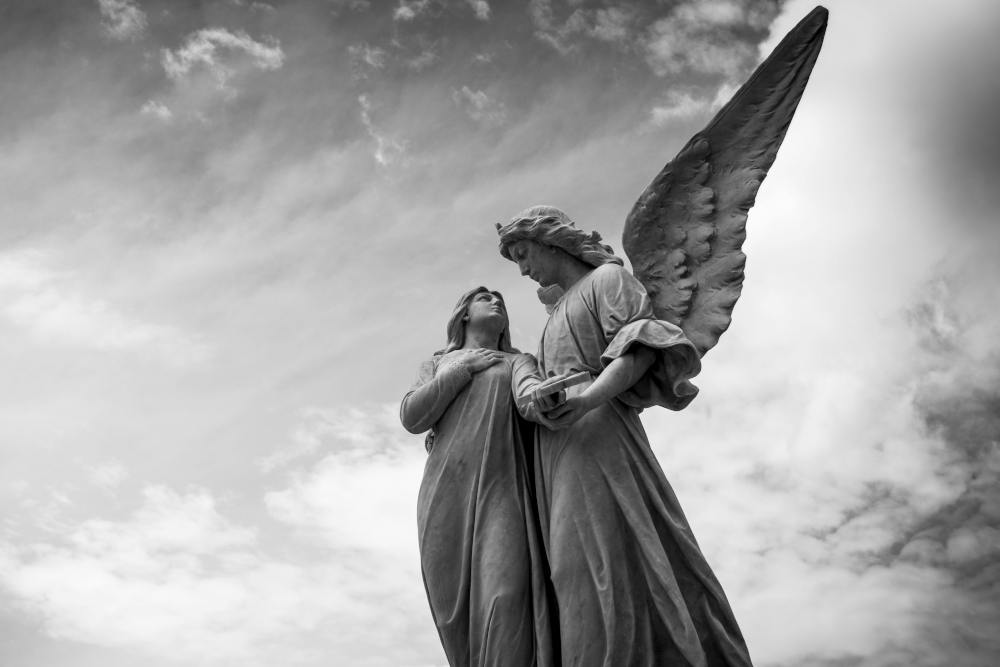
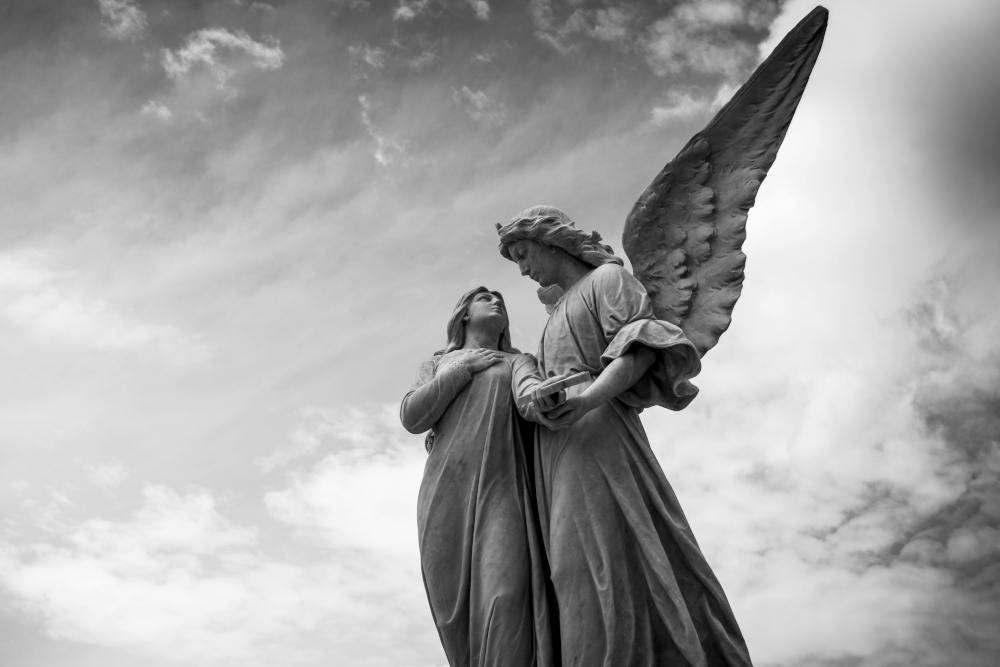
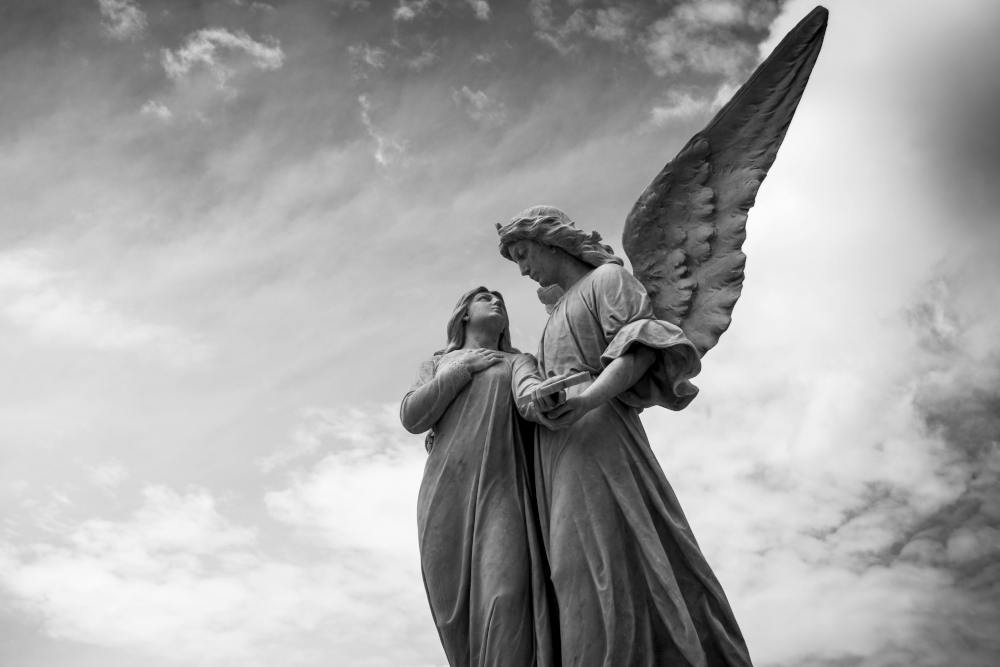
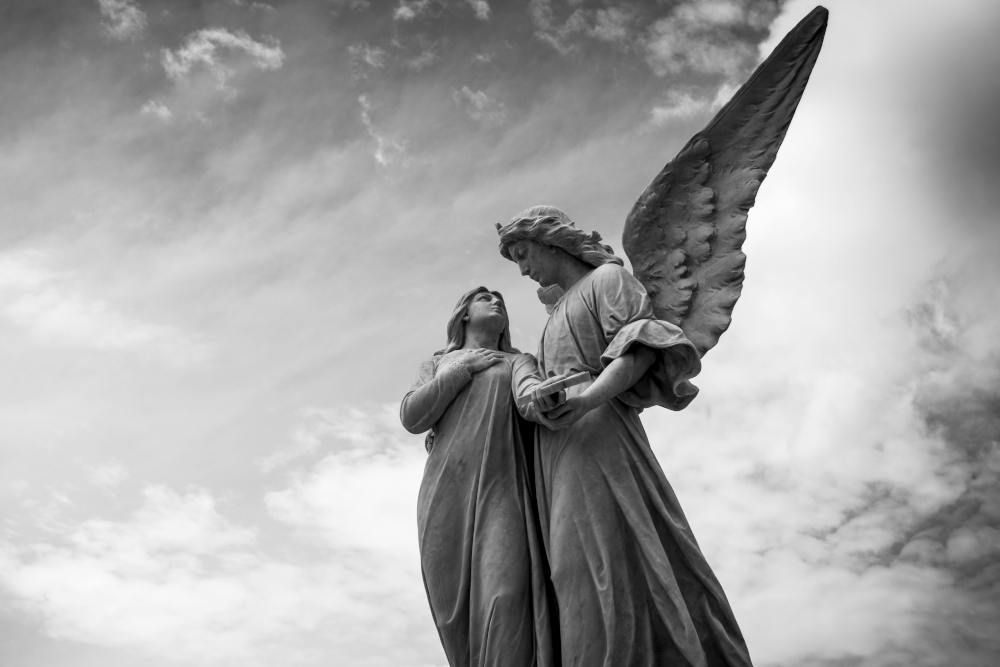
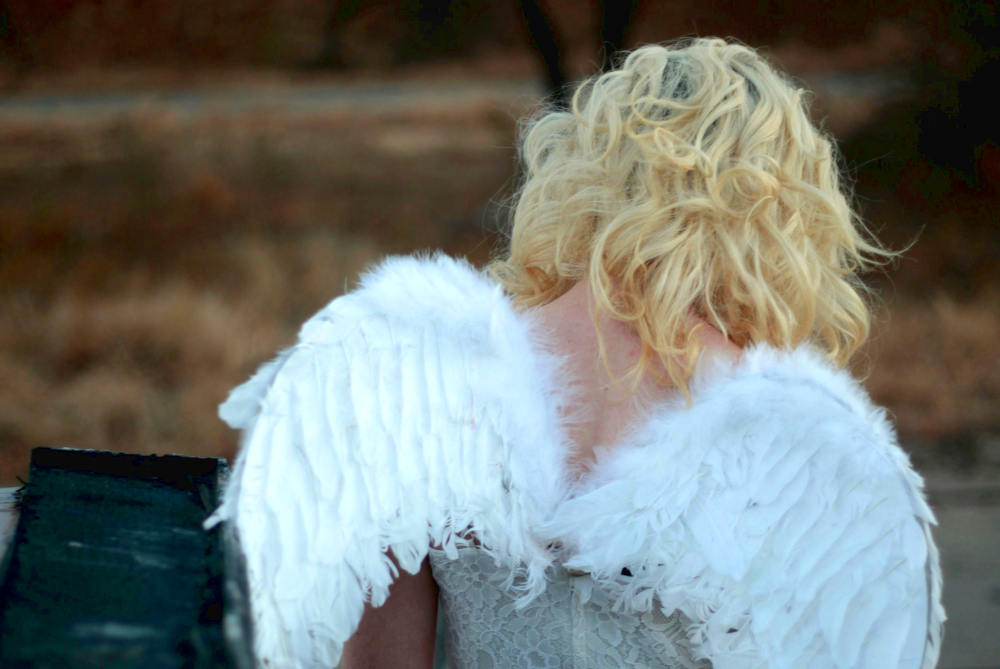
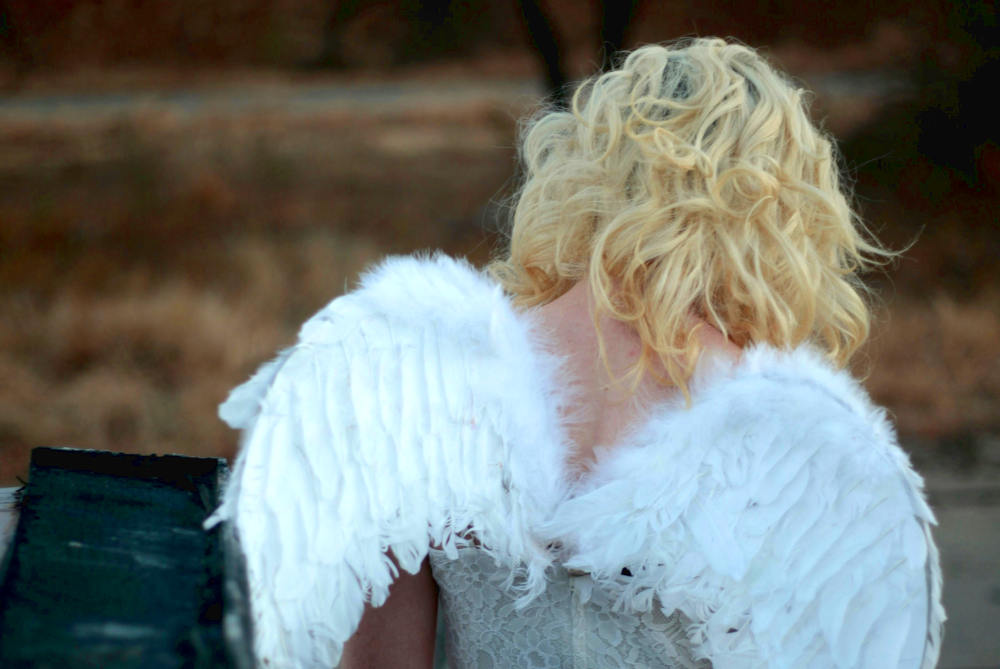
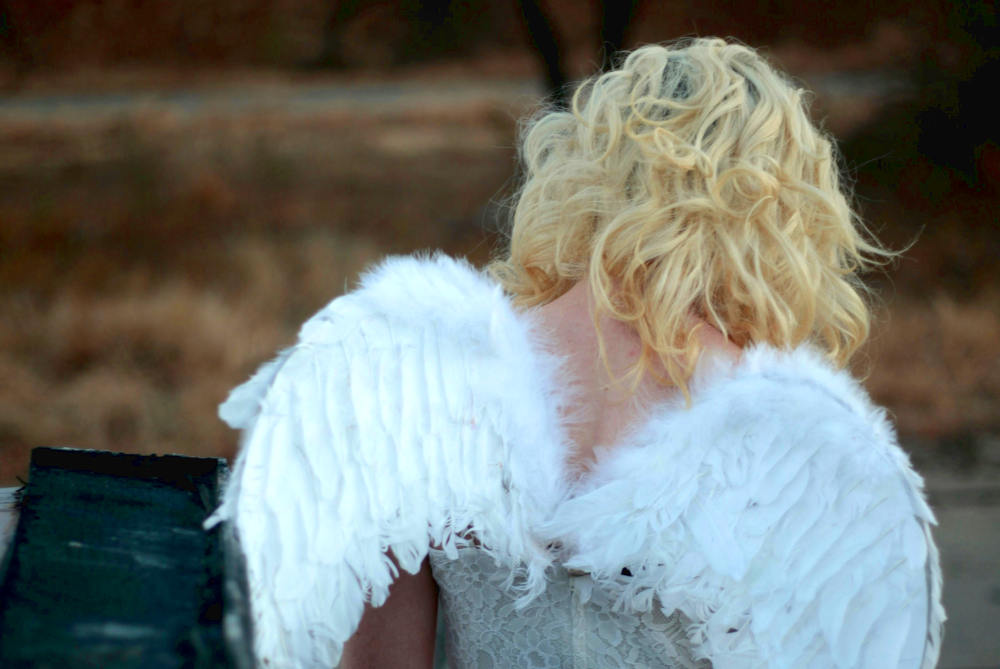
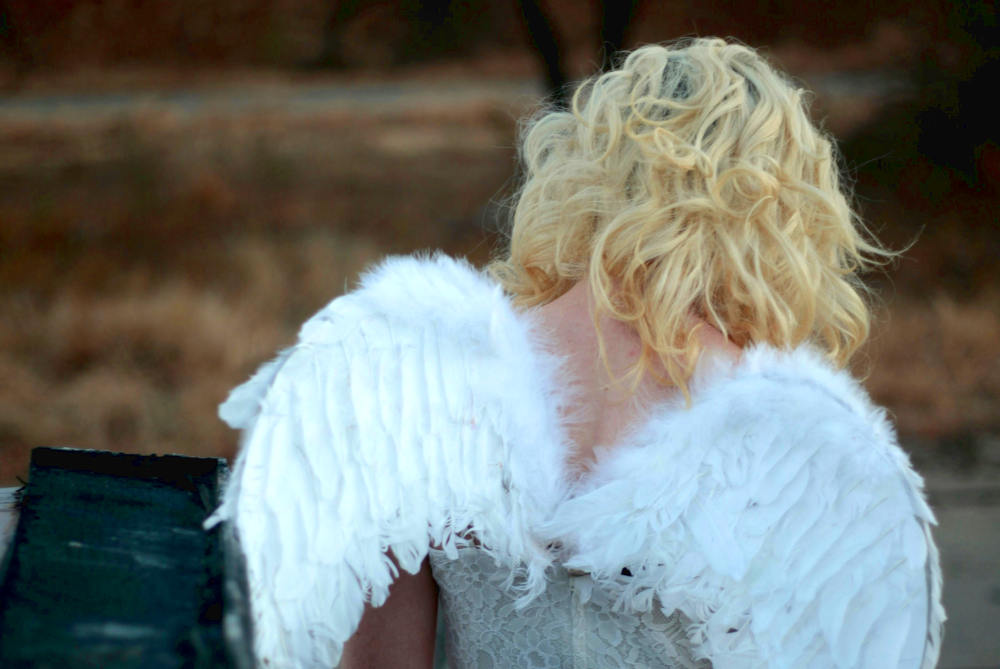















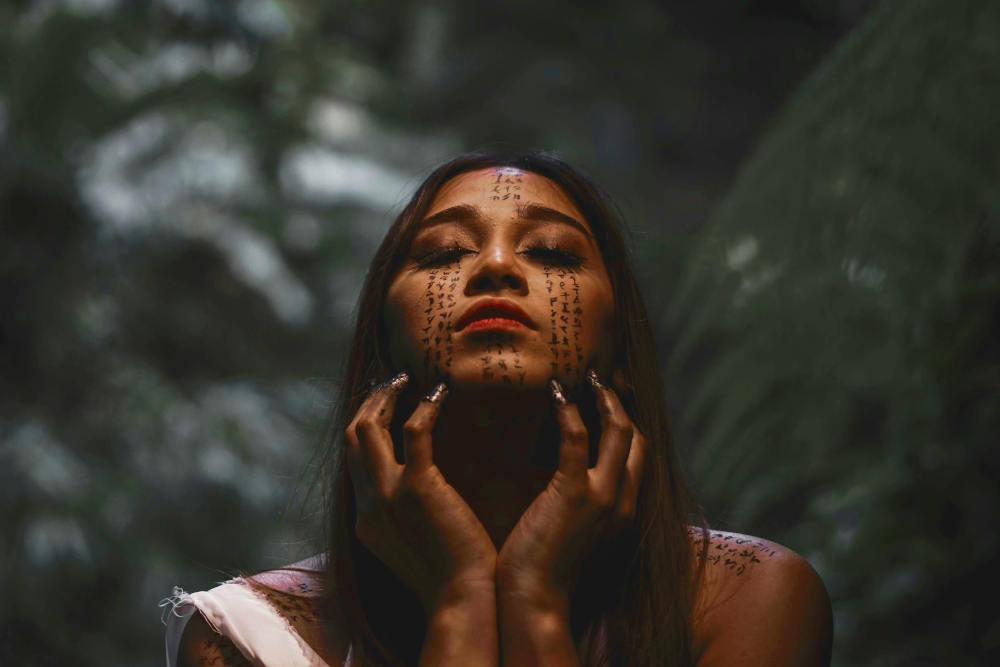
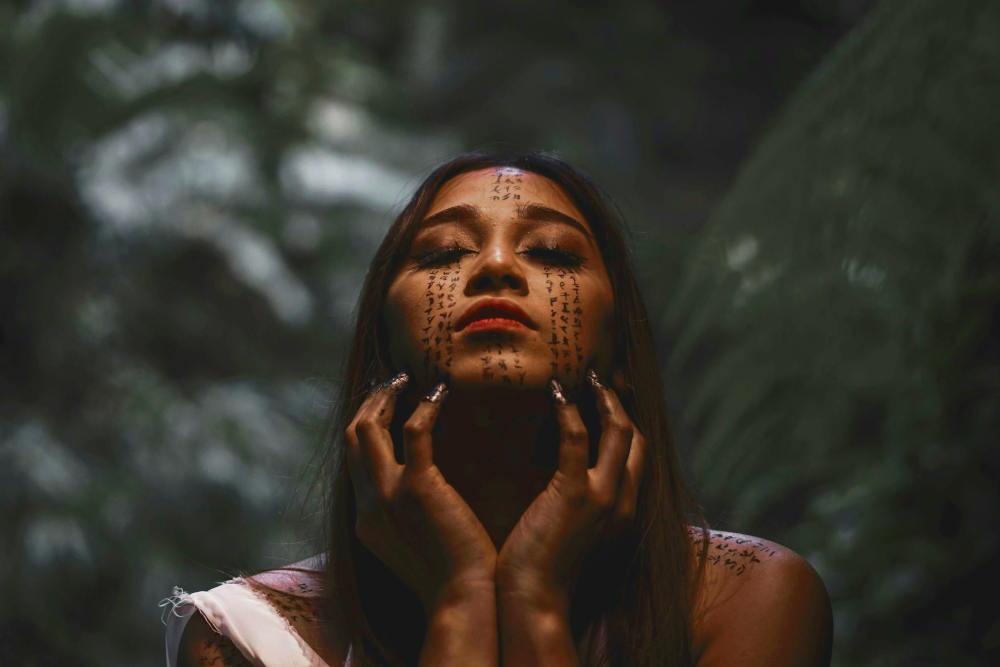
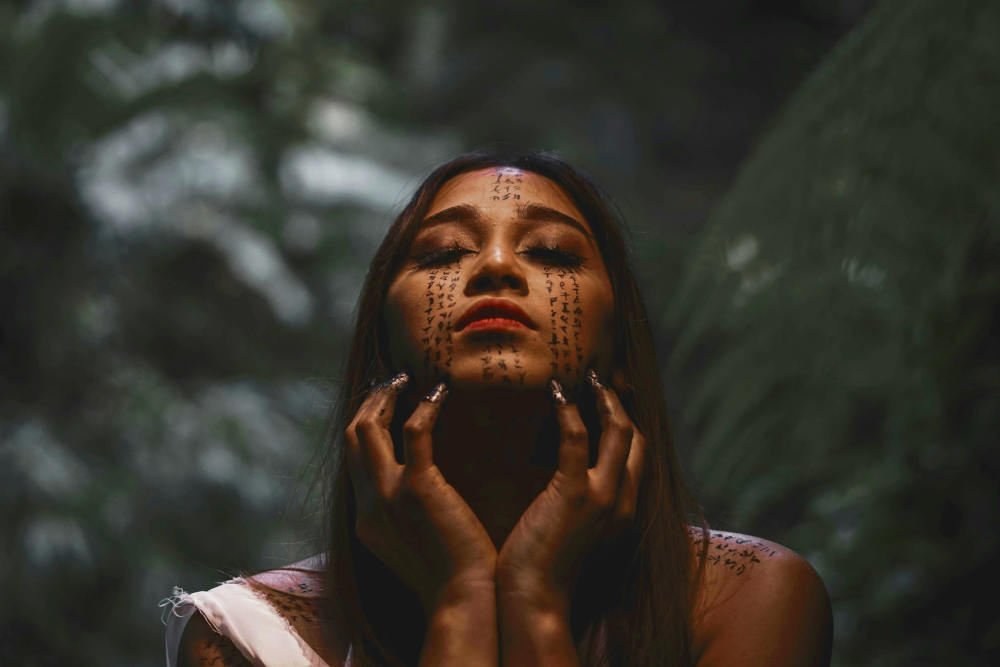

0 comments